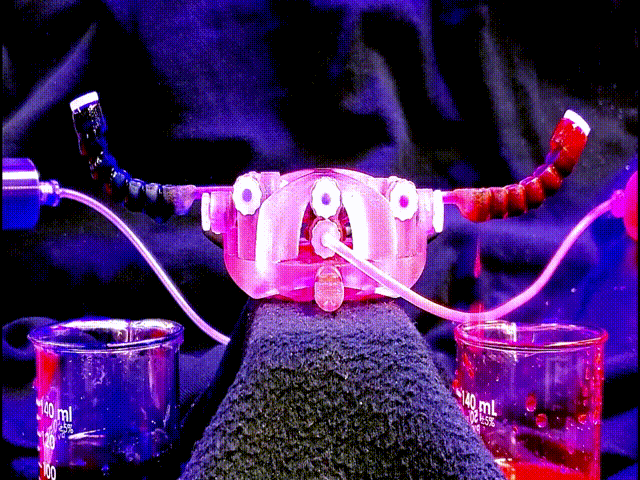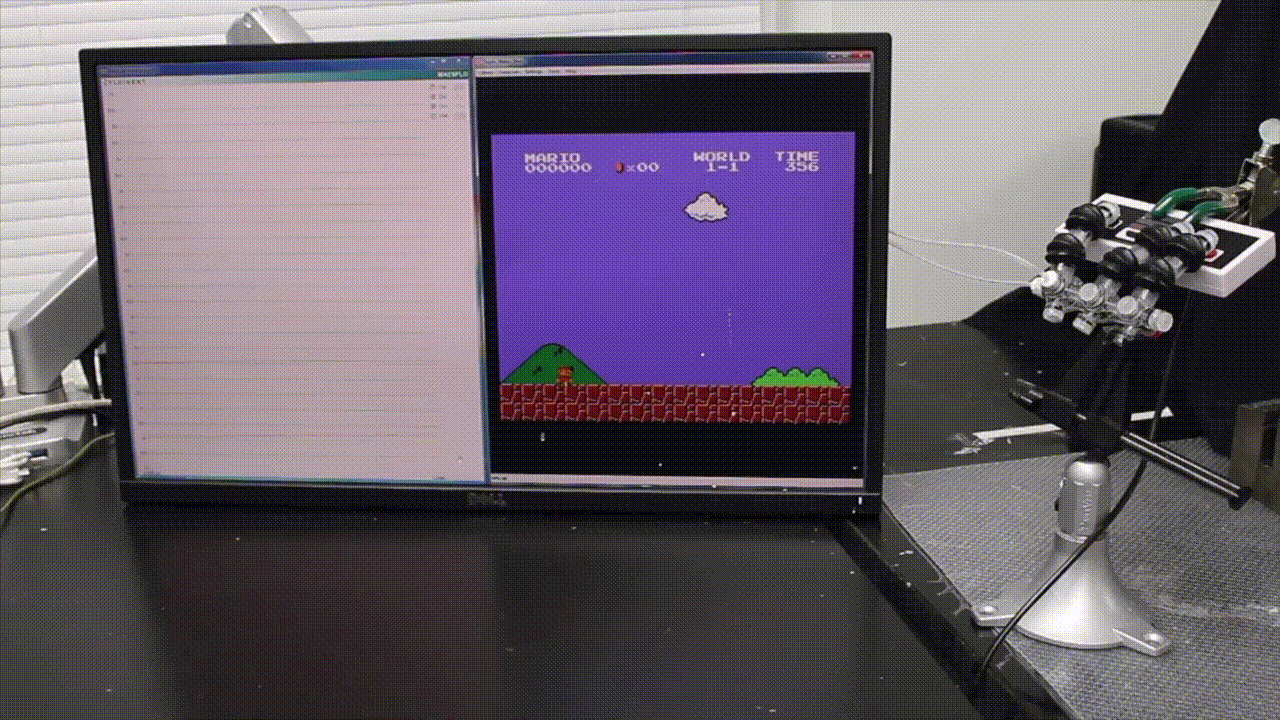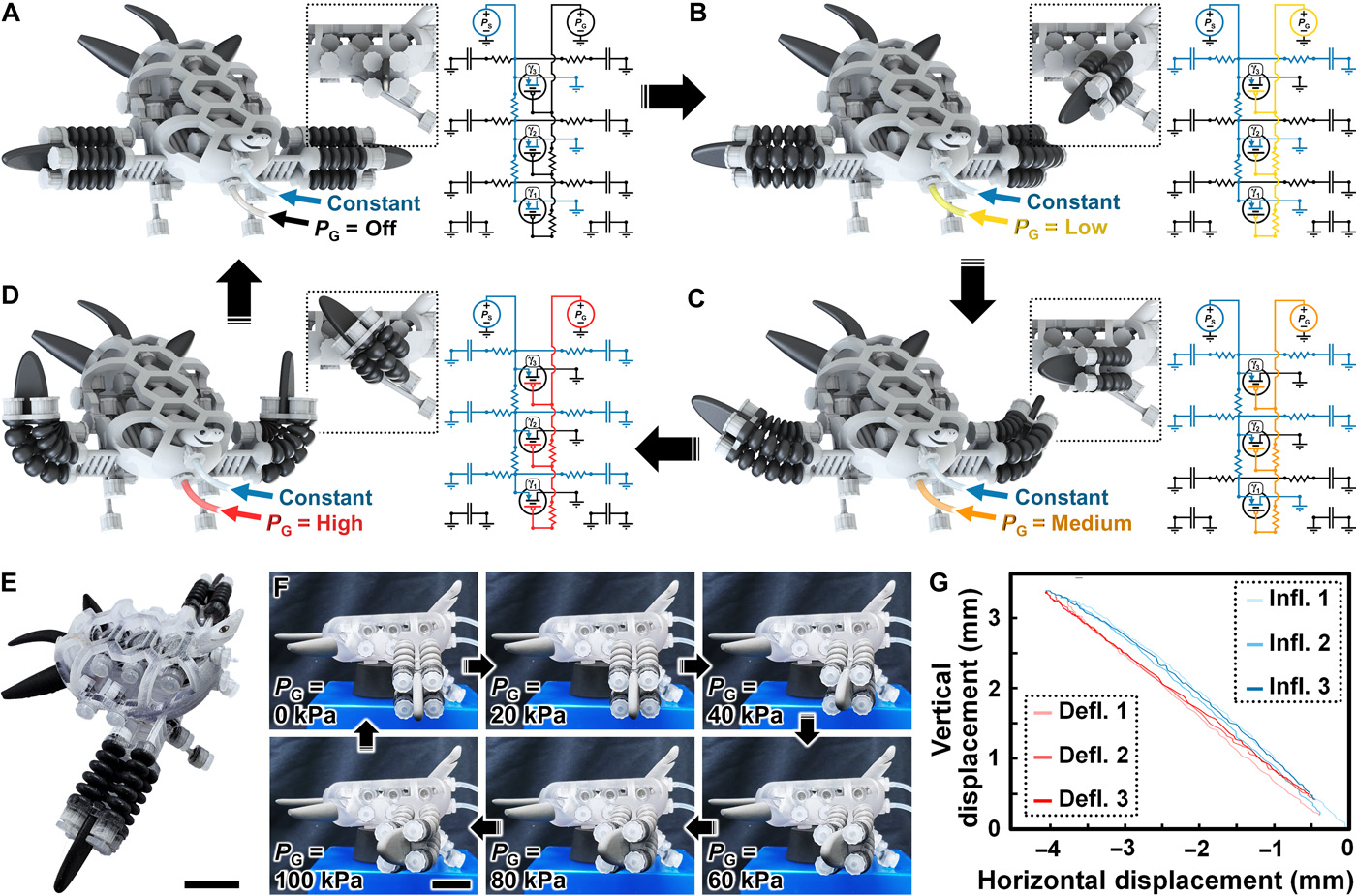3D-Printed Robotic Hand Plays Nintendo's Super Mario Bros.
Researchers from the University of Maryland have 3D printed a soft robotic hand that is so dexterous it could probably go back in time to beat you at Nintendo's Super Mario Bros.

If you grew up with Super Mario Bros. on the original Nintendo, it might be time to scrape off some of the rust on your old skills.
Your opponent: a robotic hand.
As far as machines playing machines go, the hand developed by a team University of Maryland, this hand has a leg up on other robotics having been made from soft material rather than traditional rigid forms.
This allows the hand to move the controls with agility, mimicking the fine motor skills afforded to humans when playing video games, according to assistant professor of mechanical engineering Ryan D. Sochol.
What's more important is that the researchers have made the design public so anyone with a 3D printer can look further into the potential of the technology.
"We are freely sharing all of our design files so that anyone can readily download, modify on demand, and 3D print - whether with their own printer or through a printing service like us - all of the soft robots and fluidic circuit elements from our work," said Sochol. "It is our hope that this open-source 3D printing strategy will broaden accessibility, dissemination, reproducibility, and adoption of soft robots with integrated fluidic circuits and, in turn, accelerate advancement in the field."
To demonstrate its performance capabilities, the researchers designed an integrated fluidic circuit that restricted the amount of pressure but on the controls by the hand during play. What this means is that low pressure applied by hand caused only the first finger to press the Nintendo controller to make Mario walk, while a high pressure led to Mario jumping. Guided by a set program that autonomously switched between off, low, medium, and high pressures, the robotic hand was able to press the buttons on the controller to successfully complete the first level of Super Mario Bros. in less than 90 seconds.

"Previously, each finger of a soft robotic hand would typically need its own control line, which can limit portability and usefulness," explained co-first author Joshua Hubbard, who performed the research during his time as an undergraduate researcher in Sochol's Bioinspired Advanced Manufacturing (BAM) Laboratory at UMD. "But by 3D printing the soft robotic hand with our integrated fluidic transistors, it can play Nintendo based on just one pressure input."
But the team of researchers have higher aspirations for their creation than just playing antiquated video games.
Chiefly, they are exploring the use of their technique for biomedical applications including rehabilitation devices, surgical tools and customizable prosthetics.
And the resources for pushing this research are at hand.
Sochol is a faculty affiliate of the Fischell Department of Bioengineering as well as a member of both the Maryland Robotics Center and the Robert E. Fischell Institute for Biomedical Devices, the team has an exceptional environment to continue advancing their strategy to address pressing challenges in biomedical fields.

First publishing their findings in the journal, Science Advances, the choice to validate their strategy by beating the first level of Super Mario Bros. in real time was motivated by science just as much as it was by fun. Because the video game's timing and level make-up are established, and just a single mistake can lead to an immediate game over, playing Mario provided a new means for evaluating soft robot performance that is uniquely challenging in a manner not typically tackled in the field.
"Within the span of one day and with minor labor, researchers can now go from pressing start on a 3D printer to having complete soft robots - including all of the soft actuators, fluidic circuit elements, and body features - ready to use," said study co-author Kristen Edwards.
The paper open access for anyone to read as well as a link in the supplementary materials to a GitHub with all of the electronic design files from their work.






